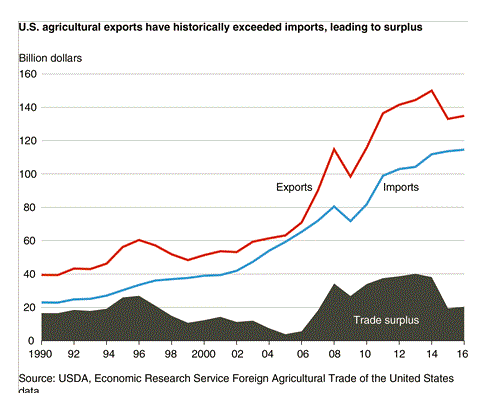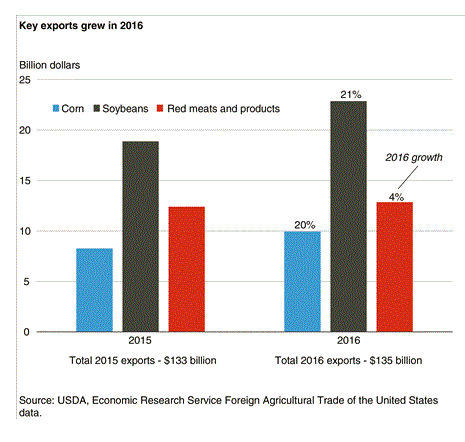I have been on sabbatical from NYU this semester and am just back from weeks of travel on the west coast to give talks about any number of the food issues I discuss in What to Eat. Everywhere I go, I see how the issues are converging on food as a new social movement. This movement is not organized in any visible way and is composed of many separate movements that have developed independently, among them:
- The good, clean, fair food movement
- The Slow Food movement
- The farm animal welfare movement
- The community food security movement
- The organic foods movement
- The locally grown food movement
- The anti-marketing-foods-to kids movement, and
- The school food movement
Separately and together, these movements aim to make all aspects of our food system—from production to consumption–healthier for people and the planet. They derive from the best aspects of the long tradition of American grassroots democracy–of the people, by the people, for the people.
I always try to leave time for questions after my talks, and people often ask me what they could read to learn more about the food movement(s). As it happens, I recently wrote an answer to that question for Publishers Weekly, but the folks there chose not to use it. So here it is.
Three Books That Made a (Food) Revolution*
Once upon a time, most people considered food too common—too quotidian–to be taken seriously as a field of study, let alone as an agent of social change. University departments routinely dissuaded doctoral students and untenured colleagues from wasting time on anything that seemed so trivial as the role of food in culture or commerce. Yes, The Jungle, Upton Sinclair’s muckraking account of the horrors of the Chicago stockyards, spurred the U.S. government to pass food safety laws, but that book was published in 1906 and even though it has been in print ever since, seems like ancient history. A century later, hardly anyone could imagine that books about food would spark a social movement.
But they have. Three books from quite separate genres—cookery, scholarship, and journalism—created a revolution in the way Americans consume, think about, and produce food. These books catapulted food into the mainstream of modern culture and advocacy for social change, and opened doors for scholars as well as journalists to write about the political, commercial, and health aspects of food in modern society. All three of these books were best sellers in their respective fields, still do well, and are widely read and used.
My vote for book #1 goes to Mastering the Art of French Cooking (Knopf, 1961). This book thoroughly overturned my generation’s ideas about food. My own treasured copy is yellowed and spattered from early experiments with bouillabaisse (pretty terrific), soufflés (tricky but worth it) and Hollandaise (never mind). As Laura Shapiro makes clear in her splendid new Julia Child (Penguin Lives series, Viking, 2007), Mastering was a monumental work of research that transformed the entire cookbook genre from being considered “mere” to taking its place as a respected cultural indicator worthy of scholarly investigation and careful preservation. My institution, New York University, now houses more than 20,000 cookbooks and other books about food in its Fales Special Collections Library, where any researcher can peruse them by appointment.
But Mastering was revolutionary in another way. It made American cooks realize how disadvantaged they were when it came to obtaining foods of the quality available in France. Enter, Alice Waters. Her insistence on using nothing but fresh, seasonal ingredients in her Berkeley restaurant, Chez Panisse exposed the inability of our industrialized agricultural system to provide food of the quality she demanded. That how food is produced determines how food tastes on the table is the central theme of the Chez Panisse cookbooks. It also is the rationale for contemporary accounts of the Alice Waters phenomenon such as David Kamp’sThe United States of Arugula (Broadway, 2006) and Thomas McNamee’s Alice Waters and Chez Panisse (Penguin, 2007).
Book #2 is Sidney Mintz’s Sweetness and Power: The Place of Sugar in Modern History (Viking, 1985). This book laid the groundwork for the new academic field of Food Studies. Mintz, an anthropologist, used the cultural history of sugar as an entry point into the analysis of social problems such as the plight of the working classes during the industrial revolution and the development of slavery as an institution. By linking something you might put in tea to the development of major political institutions, Sweetness and Power proved that food was not only a suitable topic for research in the humanities and social sciences, but could make social issues accessible to a wider range of readers. This made it possible to construct academic programs focused on food such as those at Boston University (Gastronomy) and New York University (Food Studies), and at the University of Gastronomy in Bra, Italy.
Book #3 has to be the remarkable best seller, Fast Food Nation (Houghton Mifflin, 2001), the journalist Eric Schlosser’s exposé of the “dark side” of hamburgers and French fries—how the way we produce fast food not only is bad for our health but also damages our economy, workforce, and environment. This book—now a classic–reached a huge audience, continues to be widely assigned on college campuses, and turned masses of readers into food advocates eager to change the current food system into one that is better for everyone, producers as well as eaters.
These three encouraged a new generation of books that have done wonders to promote food advocacy. Michael Pollan’s riveting and engaging Omnivore’s Dilemma (Penguin, 2006) presents a compelling case for transforming our food system into one that is a lot more rational and healthier. Peter Singer and Jim Mason’s The Way We Eat (Rodale, 2006), argues that raising farm animals more humanely will be better for us as well as for cows, chickens, and pigs. That our government’s agricultural policies need a serious overhaul is the point of Dan Imhoff’s Food Fight (University of California Press, 2007). Michele Simon’s Appetite for Profit (Nation Books, 2006) is a how-to manual for opposing the marketing of junk food to children, and Ann Cooper and Lisa Holmes’ Lunch Lessons (Collins, 2006) calls for a revolution in the school lunchroom. Such books provide much cause for optimism that the food system will change, much for the better, and soon.
I would like to think that my own books—Food Politics (University of California Press, 2002), Safe Food (University of California Press, 2003), and now What to Eat (North Point Press, 2006) have contributed to this movement, although I must leave the assessment of their impact to others. But I am proud to be part of this food revolution, which holds so much promise for making our world a better place as well as for improving what we eat for dinner. Pick the issue you most care about and join the movement!
___
*I borrowed the title of this piece from Bertram Wolfe’sThree Who Made a Revolution, a political biography of the founders of the 1917 Russian Revolution–Lenin, Trotsky, and Stalin. First published in 1948, the book is still in print (Cooper Square, 2001). I list other books I especially like at “10 Books to Read on Food” on Amazon’s Grownup School** site.
And note that Barbara Jo’s Books to Cooks (Vancouver) website lists food books for the socially conscious.
**The site is no longer active, alas, and I can’t find the list. Try this.
Tomorrow: how it started.





